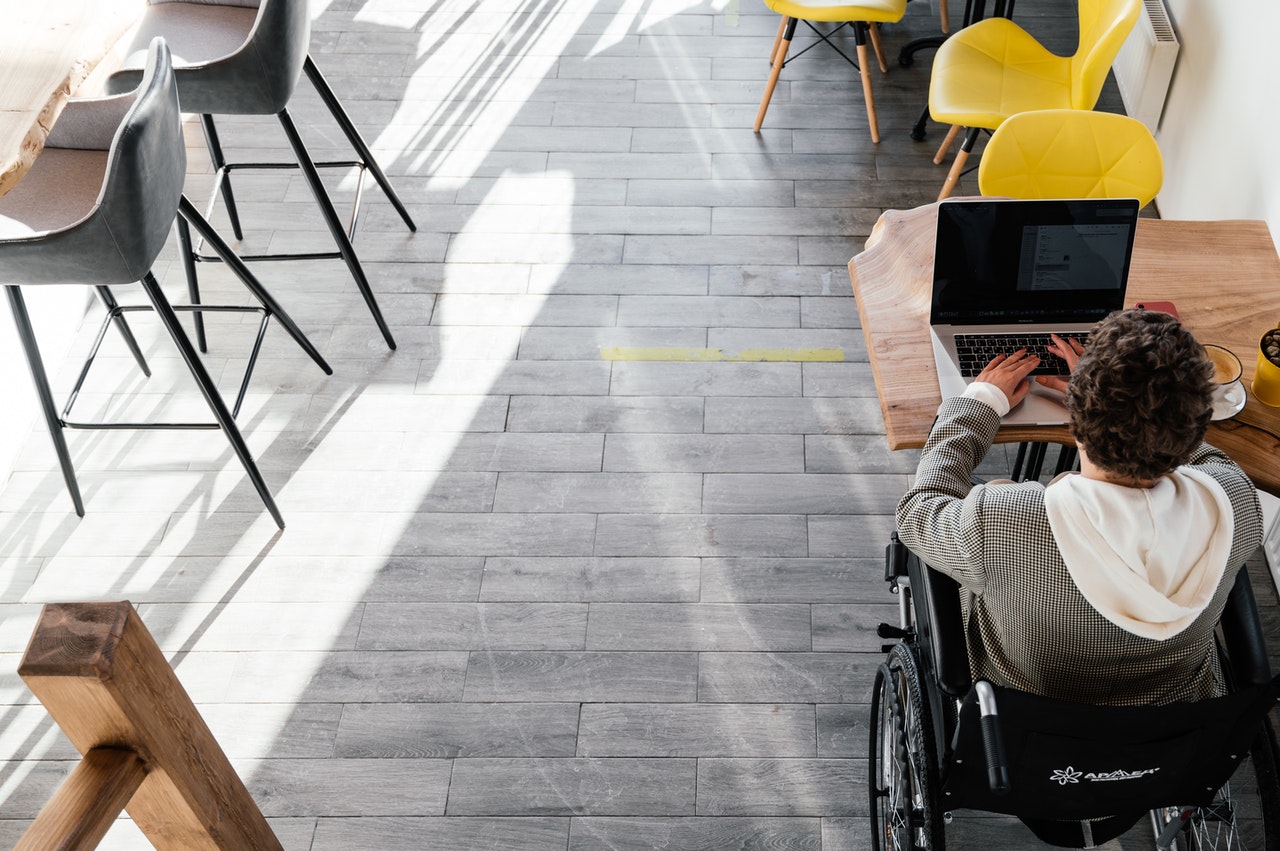 Building a website is easy. Building a website that is accessible for everyone? Well, that’s not so easy! There are many little things one needs to keep in mind when designing websites – even if they’re simple designs with just a few pages. There are many things such as tools like accessiBe and other similar tools that help you check your website’s accessibility features in the latest web standards and guidelines. Making a site easier to use for people with disabilities. Below are some of the most common ones you should think of before actually coding your website.
Building a website is easy. Building a website that is accessible for everyone? Well, that’s not so easy! There are many little things one needs to keep in mind when designing websites – even if they’re simple designs with just a few pages. There are many things such as tools like accessiBe and other similar tools that help you check your website’s accessibility features in the latest web standards and guidelines. Making a site easier to use for people with disabilities. Below are some of the most common ones you should think of before actually coding your website.
Table of Contents
- 1 Make sure keyboard navigation is possible.
- 2 Make your site adaptable. This means making it easy for users to control content, navigate through the website, and use style sheets.
- 3 Enable users to have an accessible experience while browsing your website across different devices and technologies.
- 4 Provide a text equivalent for all multimedia content.
Use descriptive, concise text for content. This includes alternative text descriptions for graphics.
Do not use color alone to convey information or show changes in the state of an element. If needed, support color-blind users by using other cues, such as shape, pattern, and style.
Write text that is concise and clearly written. Make sure your writing is grammatically correct and free of spelling and typing errors.
Create an inviting website. Ensure you provide visual interest without overwhelming users with too many images or distracting flash animations.
Avoid text-only links. This includes “click here” or “more” in the link text. Instead, make meaningful and descriptive links that clearly state their destination.
Avoid using table layouts on your page. If you must use tables, always put a caption at the bottom of each table (and do not rely on screen readers to recognize the CAPTIONS attribute).
Avoid using graphics or designs that rely on a specific software, a specific browser, a non-standard device, or certain user settings. If you must use graphics for this purpose, ensure it also has a text equivalent.
Enable users to have an accessible experience while browsing your website across different devices and technologies.
Follow the guidelines for mobile devices in particular. Mobile users tend to have more limited input options, smaller screens, slower connections, and other unique limitations that may affect their ability to access your website.
Make sure all interactive elements are accessible through keyboard or screen readers. This includes links and buttons that open pop-ups or new windows, image gallery controls, video players, and toolbars with sort/filter/search options.
Provide a text equivalent for all non-text content. This includes objects (such as images, movies), applets (such as flash widgets), scripts (e.g., JavaScript’s used to show or hide elements on the page), stylesheets (such as Cascading Style Sheets [CSS] files), and scripts.
Provide a text equivalent for all multimedia content.
Use ARIA attributes to define common roles in your documents, such as banner or navigation.
Register the correct input configuration when using keyboard-only input devices. A user who relies solely on a keyboard for input should be able to perform all of the tasks required by your site.
Make sure there is a way for users to skip repetitive navigation links, such as those that lead to the site’s
When designing your website or application – remember these few fundamental tips, which will certainly help you create more easily readable websites.







